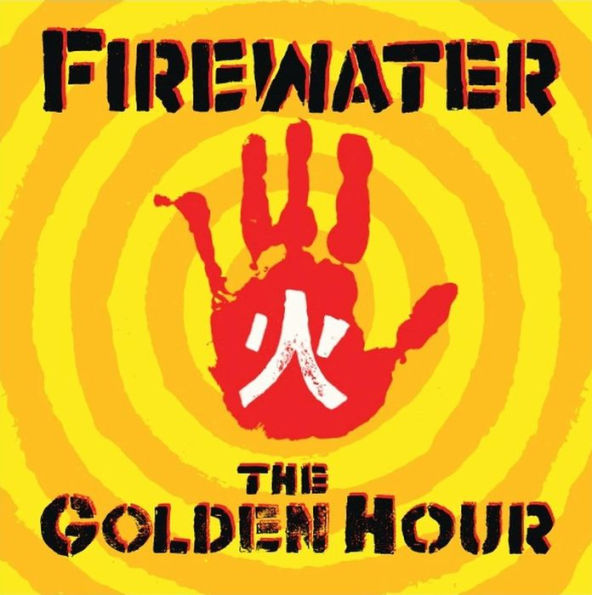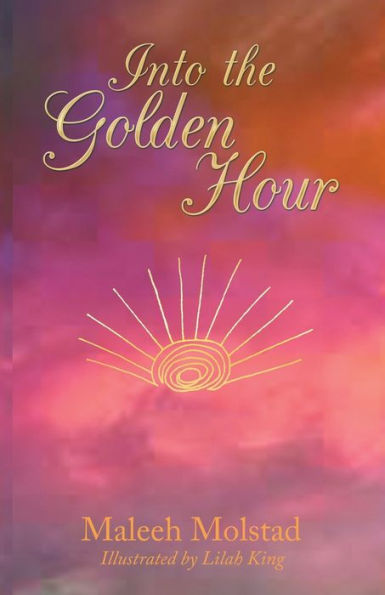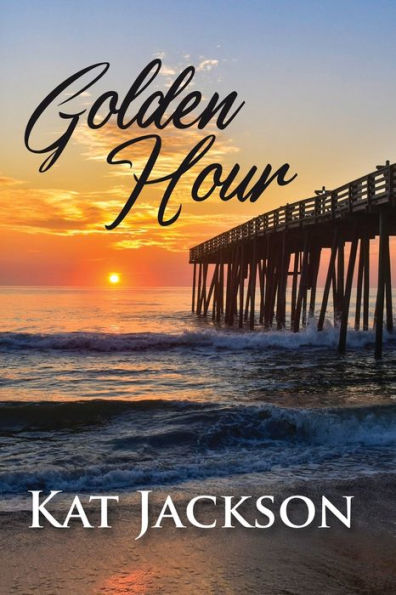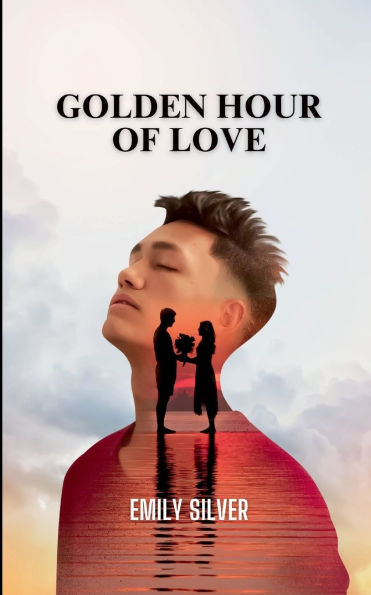Home
The Golden Hour
Barnes and Noble
Loading Inventory...
The Golden Hour in Bloomington, MN
Current price: $22.99

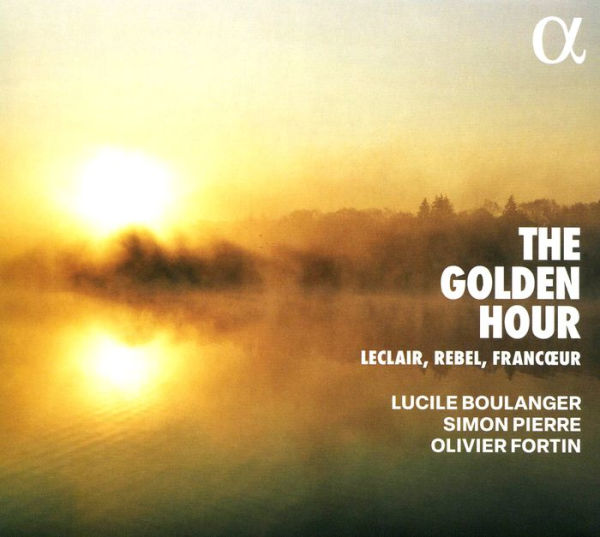
The Golden Hour in Bloomington, MN
Current price: $22.99
Loading Inventory...
Size: OS
"There are arguably as many versions of the Franco-Italian '
goûts réunis
' approach as there are composers," says viola da gamba player
Lucile Boulanger
in the interview-format booklet here, correctly noting the multifaceted nature of the transition from the formal French court style to the dynamic and virtuosic music of Italy in the first half of the 18th century in France. It was not only a question of the new sonata genres but also of the replacement of viola da gamba with the newer violin. Thus
Boulanger
, with violinist
Simon Pierre
and harpsichordist
Olivier Fortin
, decided to throw the listener into the middle of the shift by performing with violin and viola da gamba together. A few Baroque pieces actually specify this combination, but here, the players arrange a pair of trio sonatas by
Jean-Marie Leclair
for violin, viola da gamba, and continuo. Presumably, the same was done with the pieces by
Joseph Bodin de Boismortier
and the less-familiar
Louis-Antoine Dornel
; this is not entirely clear, but instrumentation was flexible for works of this kind, so nothing the performers have done here is unidiomatic. As an entre'acte, there are sonatas for violin and continuo by
Jean-Féry Rebel
and
François Francoeur
, which show varying ways French musicians grappled with the Italian influence and also make the point that the gamba persisted in the continuo even as its presence as a solo instrument waned. The whole thing sounds rather musicological, but the performers are enthusiastic and sprightly; they are clearly well acquainted with the tradition, and lovers of the French Baroque will have the feeling of being at a state-of-the-art concert of the day. The
Alpha
label contributes clear, idiomatic sound from the Flagey studio in Brussels on an outing strongly recommended to French Baroque buffs. ~ James Manheim
goûts réunis
' approach as there are composers," says viola da gamba player
Lucile Boulanger
in the interview-format booklet here, correctly noting the multifaceted nature of the transition from the formal French court style to the dynamic and virtuosic music of Italy in the first half of the 18th century in France. It was not only a question of the new sonata genres but also of the replacement of viola da gamba with the newer violin. Thus
Boulanger
, with violinist
Simon Pierre
and harpsichordist
Olivier Fortin
, decided to throw the listener into the middle of the shift by performing with violin and viola da gamba together. A few Baroque pieces actually specify this combination, but here, the players arrange a pair of trio sonatas by
Jean-Marie Leclair
for violin, viola da gamba, and continuo. Presumably, the same was done with the pieces by
Joseph Bodin de Boismortier
and the less-familiar
Louis-Antoine Dornel
; this is not entirely clear, but instrumentation was flexible for works of this kind, so nothing the performers have done here is unidiomatic. As an entre'acte, there are sonatas for violin and continuo by
Jean-Féry Rebel
and
François Francoeur
, which show varying ways French musicians grappled with the Italian influence and also make the point that the gamba persisted in the continuo even as its presence as a solo instrument waned. The whole thing sounds rather musicological, but the performers are enthusiastic and sprightly; they are clearly well acquainted with the tradition, and lovers of the French Baroque will have the feeling of being at a state-of-the-art concert of the day. The
Alpha
label contributes clear, idiomatic sound from the Flagey studio in Brussels on an outing strongly recommended to French Baroque buffs. ~ James Manheim
"There are arguably as many versions of the Franco-Italian '
goûts réunis
' approach as there are composers," says viola da gamba player
Lucile Boulanger
in the interview-format booklet here, correctly noting the multifaceted nature of the transition from the formal French court style to the dynamic and virtuosic music of Italy in the first half of the 18th century in France. It was not only a question of the new sonata genres but also of the replacement of viola da gamba with the newer violin. Thus
Boulanger
, with violinist
Simon Pierre
and harpsichordist
Olivier Fortin
, decided to throw the listener into the middle of the shift by performing with violin and viola da gamba together. A few Baroque pieces actually specify this combination, but here, the players arrange a pair of trio sonatas by
Jean-Marie Leclair
for violin, viola da gamba, and continuo. Presumably, the same was done with the pieces by
Joseph Bodin de Boismortier
and the less-familiar
Louis-Antoine Dornel
; this is not entirely clear, but instrumentation was flexible for works of this kind, so nothing the performers have done here is unidiomatic. As an entre'acte, there are sonatas for violin and continuo by
Jean-Féry Rebel
and
François Francoeur
, which show varying ways French musicians grappled with the Italian influence and also make the point that the gamba persisted in the continuo even as its presence as a solo instrument waned. The whole thing sounds rather musicological, but the performers are enthusiastic and sprightly; they are clearly well acquainted with the tradition, and lovers of the French Baroque will have the feeling of being at a state-of-the-art concert of the day. The
Alpha
label contributes clear, idiomatic sound from the Flagey studio in Brussels on an outing strongly recommended to French Baroque buffs. ~ James Manheim
goûts réunis
' approach as there are composers," says viola da gamba player
Lucile Boulanger
in the interview-format booklet here, correctly noting the multifaceted nature of the transition from the formal French court style to the dynamic and virtuosic music of Italy in the first half of the 18th century in France. It was not only a question of the new sonata genres but also of the replacement of viola da gamba with the newer violin. Thus
Boulanger
, with violinist
Simon Pierre
and harpsichordist
Olivier Fortin
, decided to throw the listener into the middle of the shift by performing with violin and viola da gamba together. A few Baroque pieces actually specify this combination, but here, the players arrange a pair of trio sonatas by
Jean-Marie Leclair
for violin, viola da gamba, and continuo. Presumably, the same was done with the pieces by
Joseph Bodin de Boismortier
and the less-familiar
Louis-Antoine Dornel
; this is not entirely clear, but instrumentation was flexible for works of this kind, so nothing the performers have done here is unidiomatic. As an entre'acte, there are sonatas for violin and continuo by
Jean-Féry Rebel
and
François Francoeur
, which show varying ways French musicians grappled with the Italian influence and also make the point that the gamba persisted in the continuo even as its presence as a solo instrument waned. The whole thing sounds rather musicological, but the performers are enthusiastic and sprightly; they are clearly well acquainted with the tradition, and lovers of the French Baroque will have the feeling of being at a state-of-the-art concert of the day. The
Alpha
label contributes clear, idiomatic sound from the Flagey studio in Brussels on an outing strongly recommended to French Baroque buffs. ~ James Manheim
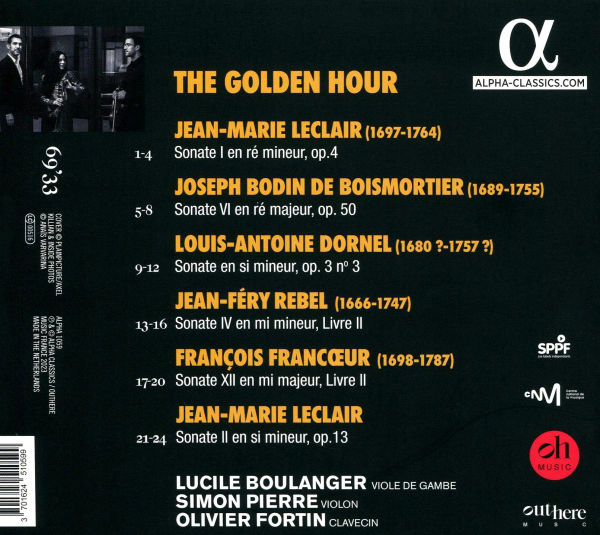
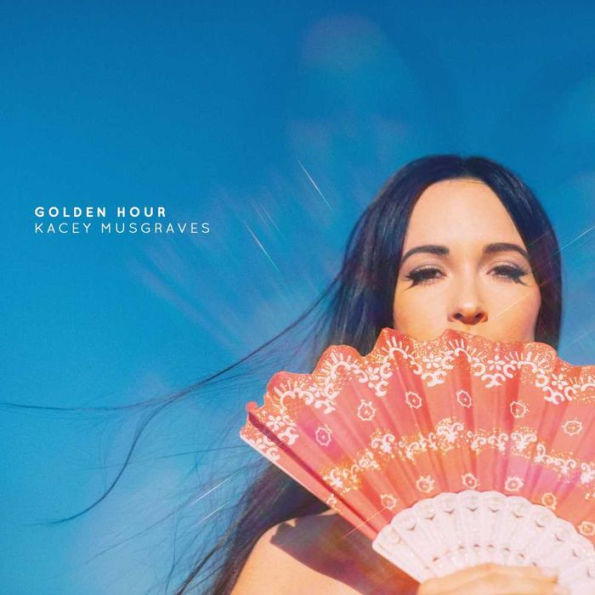


![Golden Hour, Pt. 1 [DIARY Ver.] [Barnes & Noble Exclusive]](https://prodimage.images-bn.com/pimages/0810141851702_p0_v1_s600x595.jpg)
![GOLDEN HOUR : PART. 2 [DIARY Ver.] [ Barnes & Noble Exclusive]](https://prodimage.images-bn.com/pimages/0810141853300_p0_v4_s600x595.jpg)
